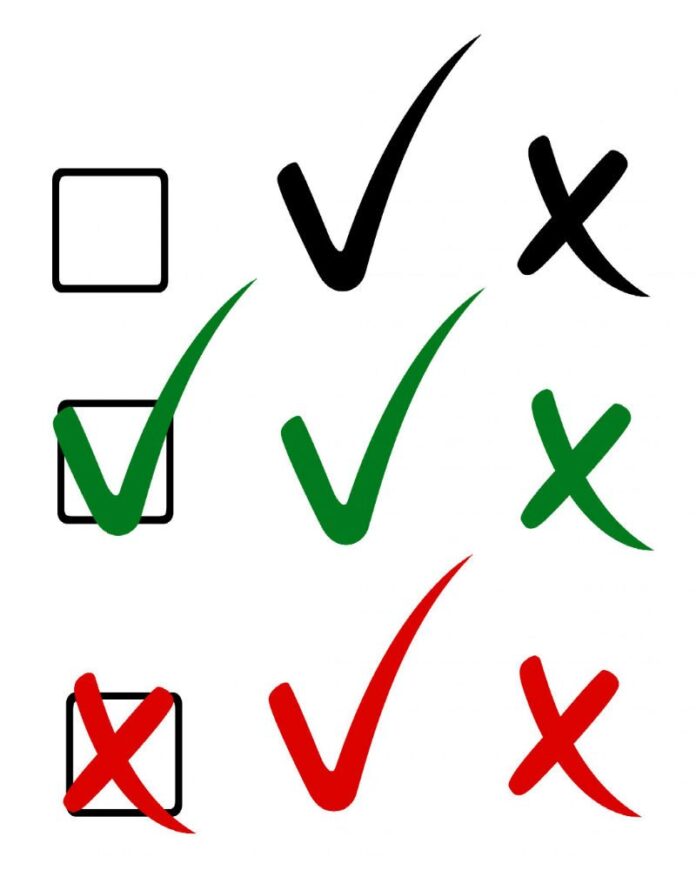The Wi-Fi Alliance this week held a workshop to discuss the coexistence of Wi-Fi and LTE-Unlicensed technologies. LTE-U, or LTE in unlicensed spectrum, has already been tested by the chipmakers who want to build LTE-U chips, and they claim LTE can share the 5 GHz band without degrading the performance of Wi-Fi networks.
Companies that are focused exclusively on Wi-Fi equipment are not so sure, and the Wi-Fi Alliance has convened a Coexistence Task Force to conduct further tests. The association has also asked the Federal Communications Commission to await the results of these tests before approving any LTE-U equipment for commercial use. The Alliance hopes to oversee tests that use actual LTE-U equipment.
“LTE-U equipment is an important component of validating the test plan during development,” the Wi-Fi Alliance said in a statement. “Wi-Fi Alliance expects to contact LTE-U equipment vendors in the coming weeks and invite them to participate in validation efforts.”
“If/when LTE equipment is available, the LTE studies shall be performed using actual equipment, noting the manufacturer, model and revision numbers,” said the Wi-Fi Alliance. “As implementations may vary considerably, studies must be repeated with each different equipment set available.”
“The desired criteria is that the introduction of a co-channel LTE network will not impact an existing Wi-Fi network’s performance any more than introduction of a similar co-channel Wi-Fi network,” wrote the Wi-Fi Alliance in its coexistence guidelines document.
Specifically, these are the criteria the alliance is proposing:
Data traffic:
- Throughput for Wi-Fi with Wi-Fi greater than or equal to throughput for Wi-Fi with LTE.
- Packet loss for Wi-Fi with Wi-Fi less than or equal to packet loss for Wi-Fi with LTE.
- Frame re-transmission rate for Wi-Fi with Wi-Fi less than or equal to packet loss for Wi-Fi with LTE.
Beacons and power save signaling frames:
- Packet loss with Wi-Fi less than or equal to packet loss for Wi-Fi with LTE.
- Jitter with Wi-Fi less than or equal to packet loss for Wi-Fi with LTE.
VoIP and real-time video:
- Latency with Wi-Fi less than or equal to packet loss for Wi-Fi with LTE.
- Packet Loss with Wi-Fi less than or equal to packet loss for Wi-Fi with LTE.
- Jitter with Wi-Fi less than or equal to packet loss for Wi-Fi with LTE.
- Frame re-transmission rate for Wi-Fi with Wi-Fi less than or equal to packet loss for Wi-Fi with LTE.
For mobile operators, LTE-U offers a way to maintain a connection for users who might otherwise not be able to access the network in congested areas. It also offers a way to count time spent in unlicensed spectrum against users’ data plans, instead of losing potential revenue each time a customer jumps to unlicensed spectrum.

